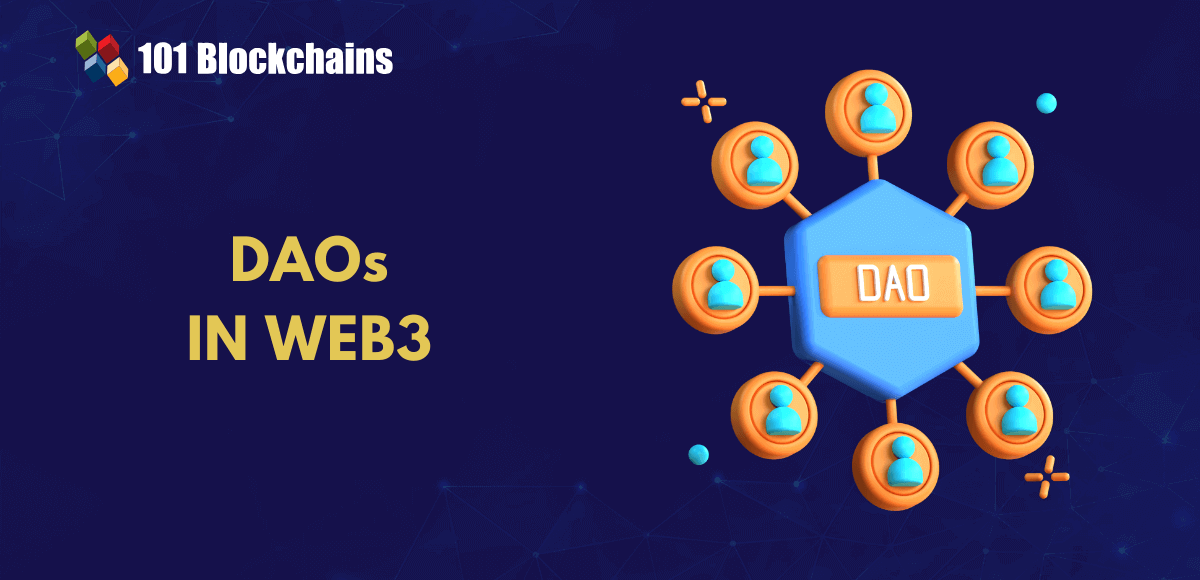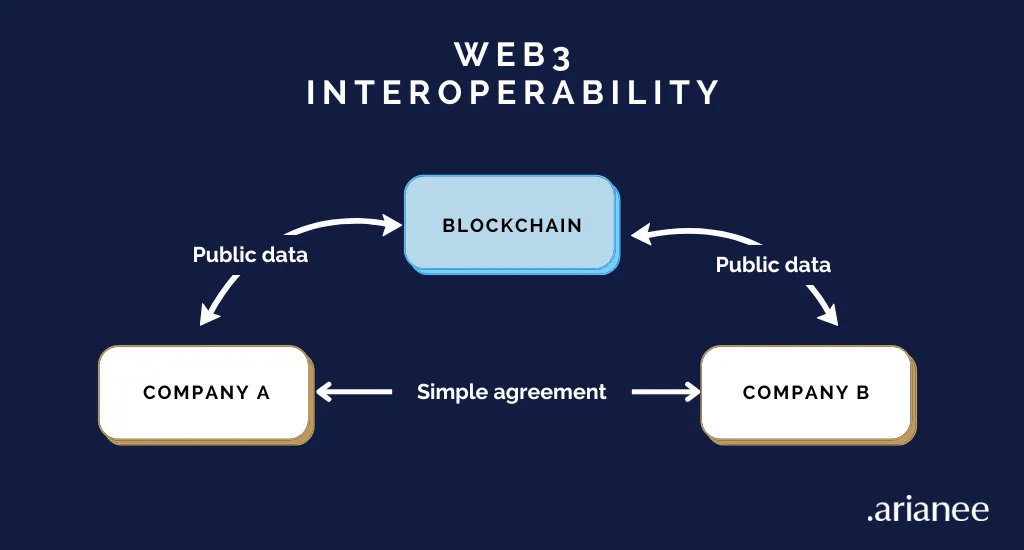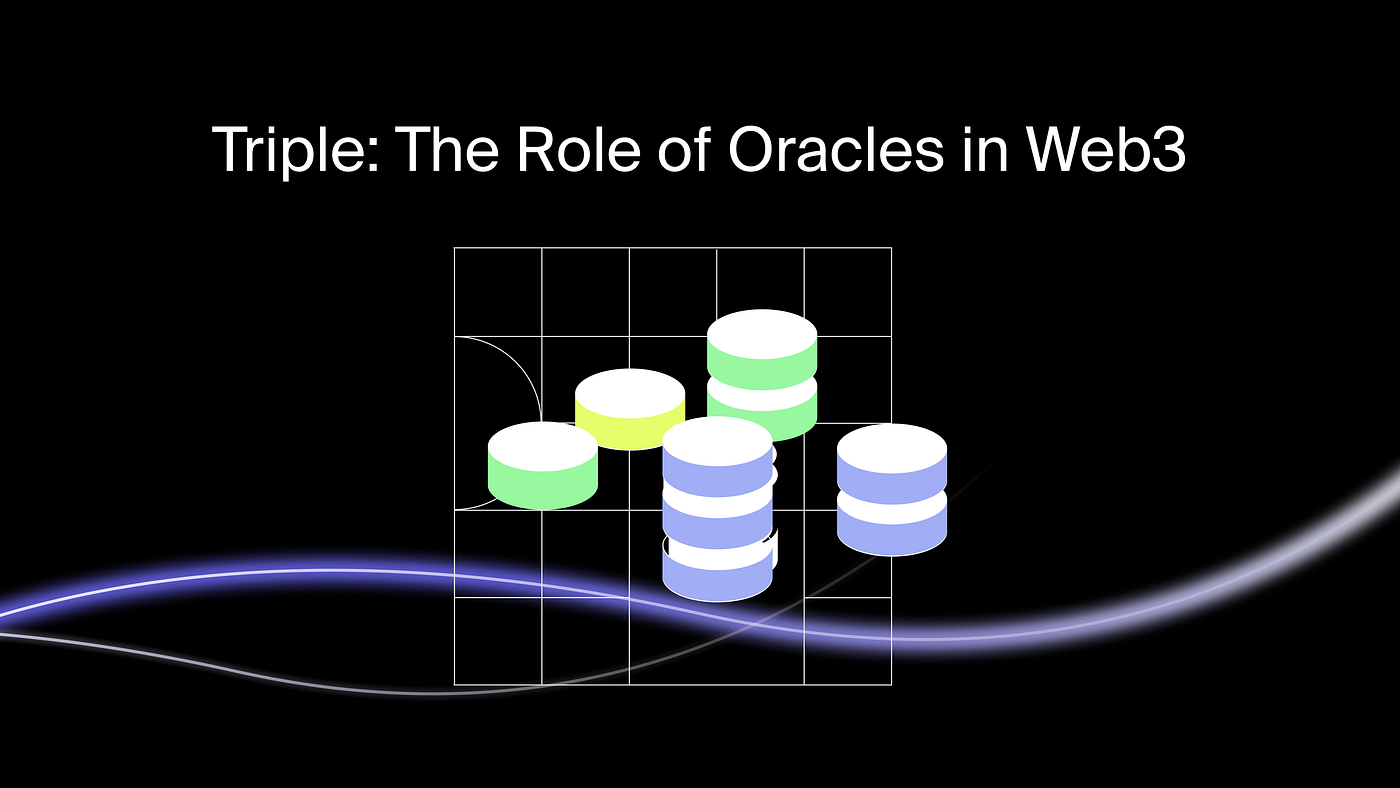The internet has gone through transformative phases—from the static web pages of Web1 to the interactive, social-driven Web2. Today, we stand at the dawn of Web3, a paradigm shift that promises to redefine the very structure of the internet. Powered by blockchain technology, decentralization, and tokenized economies, Web3 aims to give users control over data, digital identity, and online interactions like never before.
From Web1 to Web2: The Road So Far
- Web1: The first iteration of the internet offered static content. Users were mostly passive consumers of information. Interaction was limited, and ownership of digital content was negligible.
- Web2: The rise of social media, cloud services, and user-generated content enabled interactive experiences. However, centralization became a defining characteristic. Tech giants controlled platforms, collected vast amounts of data, and monetized user activity.
While Web2 democratized content creation, it also concentrated power, leaving users with little control over their digital footprint.
Enter Web3: Decentralization at Its Core
Web3 represents a shift toward decentralized, user-owned networks. Instead of relying on centralized platforms, applications in Web3 run on blockchains or decentralized networks. Key features include:
- Ownership and Control: Users hold their data and digital assets through wallets and private keys.
- Tokenized Economies: Cryptocurrencies and utility tokens facilitate transactions, governance, and incentivization.
- Trustless Systems: Smart contracts enable automated execution of agreements without intermediaries.
- Interoperability: Assets, identities, and data can move across platforms seamlessly.
This architecture empowers users to participate actively, not just consume content, making them stakeholders in the digital ecosystem.
Decentralized Applications (dApps)
A cornerstone of Web3 is dApps, applications that run on decentralized networks rather than centralized servers. Examples include:
- DeFi Platforms: Uniswap, Aave, and Compound allow lending, borrowing, and trading without banks.
- NFT Marketplaces: OpenSea and Rarible enable creators to mint, sell, and trade digital collectibles with true ownership.
- Decentralized Social Networks: Platforms like Lens Protocol offer social interaction without centralized control over content or data.
dApps exemplify the shift from passive internet use to active digital participation, where users can influence platform governance, earn rewards, and maintain asset ownership.
Web3 and Digital Identity
Web3 also promises a reimagined concept of digital identity. Users can manage identities across multiple platforms without repeatedly giving personal data to centralized entities. Decentralized identifiers (DIDs) and self-sovereign identity systems give individuals control over personal information while enabling seamless access to services.
This level of control enhances privacy, security, and cross-platform usability, addressing major shortcomings of the Web2 era.
Governance and DAOs
Decentralized Autonomous Organizations (DAOs) are a hallmark of Web3 governance. DAOs allow communities to collectively manage protocols and platforms, using governance tokens to vote on proposals, fund projects, and implement strategic changes.
This democratized governance model ensures that users, not corporations, drive the direction of digital platforms, fostering transparency, accountability, and shared incentives.
Challenges Facing Web3
Despite its promise, Web3 faces hurdles:
- Scalability: Many blockchains struggle to handle high transaction volumes efficiently.
- User Experience: Managing wallets, private keys, and cross-chain interactions can be daunting for newcomers.
- Regulatory Uncertainty: Governments are still defining legal frameworks for decentralized platforms, tokens, and DAOs.
- Interoperability Gaps: Although improving, seamless interaction between networks remains a technical challenge.
Addressing these issues is crucial for mainstream adoption and long-term viability.
Real-World Impact and Adoption
Web3 is not merely a theoretical vision. Businesses, developers, and communities are already leveraging its principles:
- Finance: DeFi protocols allow global access to credit, trading, and savings without banks.
- Art and Culture: NFTs empower artists with direct monetization and verifiable ownership.
- Gaming: Play-to-earn and metaverse platforms enable immersive experiences where users own in-game assets.
- Social Platforms: Decentralized social media offers censorship-resistant communication and content monetization.
These applications illustrate Web3’s transformative potential across industries.
The Future of Web3
The Web3 revolution is about more than decentralization—it’s about redefining relationships between users, data, and digital value. Key trends shaping the future include:
- Layer-2 Solutions: Scaling technologies that make transactions faster and cheaper.
- Cross-Chain Integration: Seamless movement of assets and identities across networks.
- Tokenized Incentives: Enhanced participation through rewards, governance, and revenue sharing.
- Privacy-First Applications: Enabling secure and anonymous interactions without compromising functionality.
As these innovations mature, Web3 promises a more inclusive, equitable, and user-driven internet.
Final Thoughts
Web3 is not just an upgrade—it is a fundamental reimagining of the internet. By prioritizing decentralization, user control, and tokenized participation, Web3 empowers individuals and communities to shape their digital experiences.
In a world where data, identity, and value are increasingly central to our lives, Web3 offers a future where the internet serves its users, not corporations. The revolution is underway, and the next generation of digital experiences will be defined by participation, ownership, and trustless innovation.








